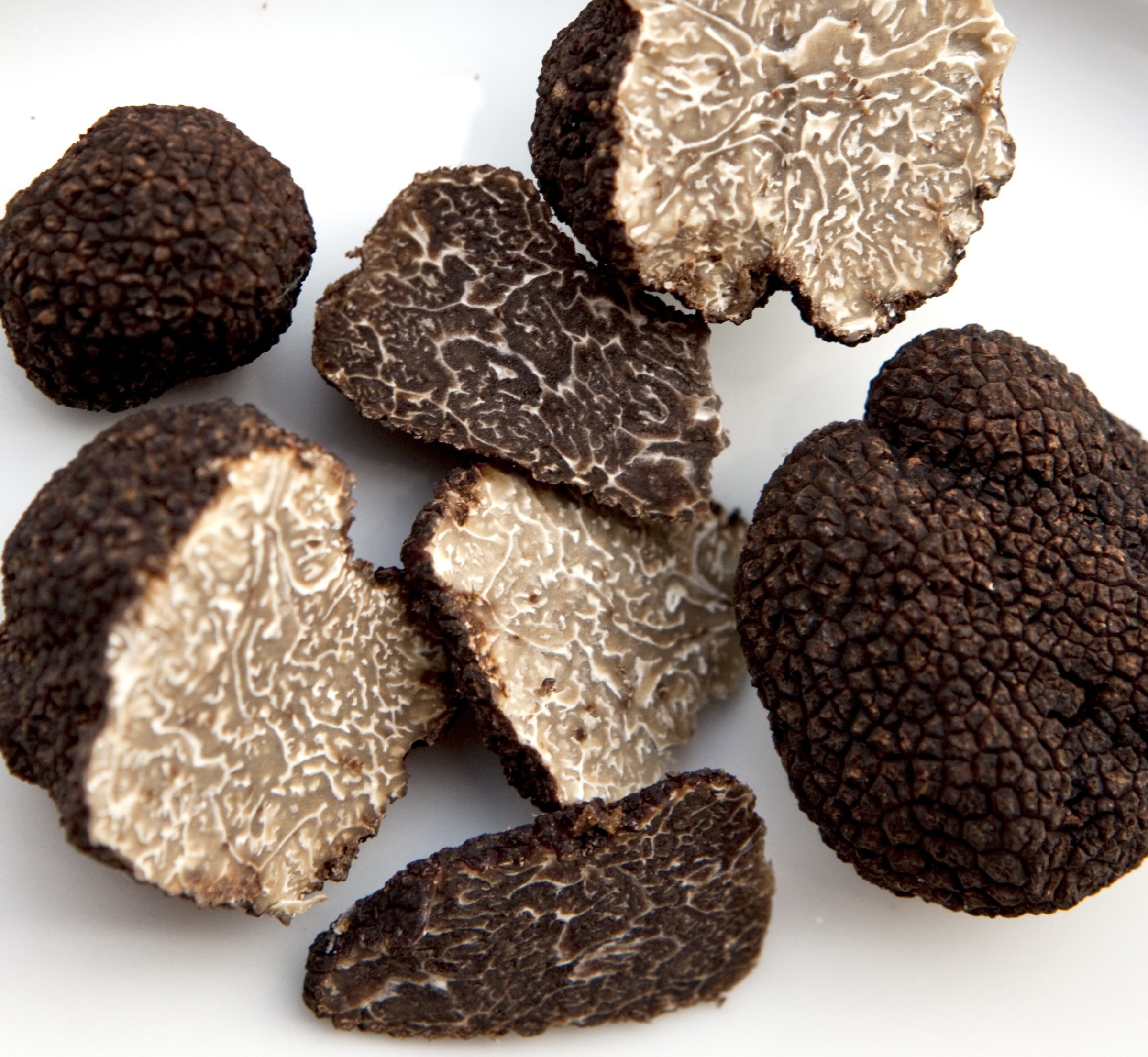
You’re probably familiar with salty, sweet, bitter, and sour, but did you know there’s a fifth taste? It’s called umami, and a new study concludes that it has a unique effect on appetite.
Umami, which means “pleasant savory taste,” has been described as a mouth-watering, brothy, meaty sensation with a long-lasting aftertaste that balances the total flavor of a dish. Some chefs refer to umami as a flavor synergizer and, in the form of the food additive monosodium glutamate (MSG), it acts as a flavor enhancer.
According to a study published in the American Journal of Clinical Nutrition, the addition of MSG to soup stimulated appetite during eating, but also boosted post-meal satiety, which resulted in eating less later in the day. As an additive, MSG is something to avoid: research in the ’60s revealed that large amounts fed to mice destroyed nerve cells in the brain. And people who are sensitive to large amounts of MSG may experience side effects ranging from headaches to trouble breathing. However, umami flavor also occurs naturally in several healthy foods.
Here are five nutrient-rich umami options that may help you eat less, along with easy breezy ways to enjoy them.
Mushrooms
Mushrooms provide just 20 calories per cup, and they’re the only plant source of vitamin D, a key nutrient linked to lower rates of obesity, type 2 diabetes, heart disease, high blood pressure, osteoporosis, and certain cancers. Studies also link low vitamin D intake to more total fat and belly fat, and recent research has found that adequate blood vitamin D levels improve muscle strength and help muscles work more efficiently by boosting energy from within cells.
Health.com: 12 Ways to Get Your Daily Vitamin D
Mushrooms also contain unique antioxidants that fight aging and heart disease, and natural substances in mushrooms have been shown to protect against breast cancer by preventing levels of estrogen in the body from becoming excessive. Shiitake, Japan’s most popular mushroom, is particularly rich in umami flavor. Simply sauté some ‘shrooms in organic, low-sodium vegetable broth with a bit of garlic, and add them to almost anything, including omelets, salads, soups, or open-faced sandwiches.
Truffles
Truffles, one of the world’s greatest delicacies, contain three types of natural umami substances. This fungus, which has been referred to as “the diamond in the kitchen,” is quite expensive because it’s difficult to cultivate, but a tiny amount goes a long way. Just a thinly sliced or shaved bit of truffle adds robust flavor to any dish, but you can also use truffle oil to make a simple vinaigrette along with extra virgin olive oil, vinegar or lemon juice, and herbs. Or drizzle truffle oil over cooked veggies, spaghetti squash, or a lean protein like organic eggs or fish.
Health.com: 13 Comfort Foods That Burn Fat
Green tea
The list of green tea’s benefits is impressive. Regular consumption has been linked to a reduced risk of obesity, heart disease, blood pressure, cancer, and osteoporosis, as well as overall anti-aging benefits. In addition to using green tea as a beverage along with meals, I like to use both brewed tea and loose leaves in cooking. I whip loose tea leaves into smoothies or combine them with pepper and other herbs like thyme as a rub. Brewed tea makes a great base for a marinade or soup or a flavorful liquid for steaming veggies or whole grain rice.
Health.com: Get a Flat Belly in 4 Weeks
Seaweed
Seaweed’s benefits range from heart protection to weight loss. One recent research review concluded that some seaweed proteins work just like blood pressure meds, and in animal research, a component in brown seaweed was shown to help rats burn more body fat. In addition, seaweed’s star nutrient iodine helps regulate the thyroid, and its magnesium may help enhance mood and improve sleep. In addition to making a side of seaweed salad a staple in your sushi orders, you can add a dollop to many savory dishes, including scrambled eggs, stir frys, and soups.
Tomatoes
Levels of the umami provider glutamic acid increase as tomatoes ripen, and research shows that in the inner “guts” of a tomato are tied to a stronger umami aftertaste. To take advantage, add sliced ripe tomatoes to a garden salad, or roast or grill tomatoes to further intensify their flavor. Bonus: cooking tomatoes provide more lycopene (as much as a 164% boost!), an antioxidant linked to a reduced risk of heart disease, and cancer, as well as skin benefits, including preventing wrinkles. Mmmm, umami!
Health.com: Best Superfoods for Weight Loss
Cynthia Sass, MPH, RD, is Health’s contributing nutrition editor, and privately counsels clients in New York, Los Angeles, and long distance. Cynthia is currently the sports nutrition consultant to the New York Rangers NHL team and the Tampa Bay Rays MLB team, and is board certified as a specialist in sports dietetics.
More Must-Reads from TIME
- Inside Elon Musk’s War on Washington
- Meet the 2025 Women of the Year
- The Harsh Truth About Disability Inclusion
- Why Do More Young Adults Have Cancer?
- Colman Domingo Leads With Radical Love
- How to Get Better at Doing Things Alone
- Cecily Strong on Goober the Clown
- Column: The Rise of America’s Broligarchy
Contact us at letters@time.com